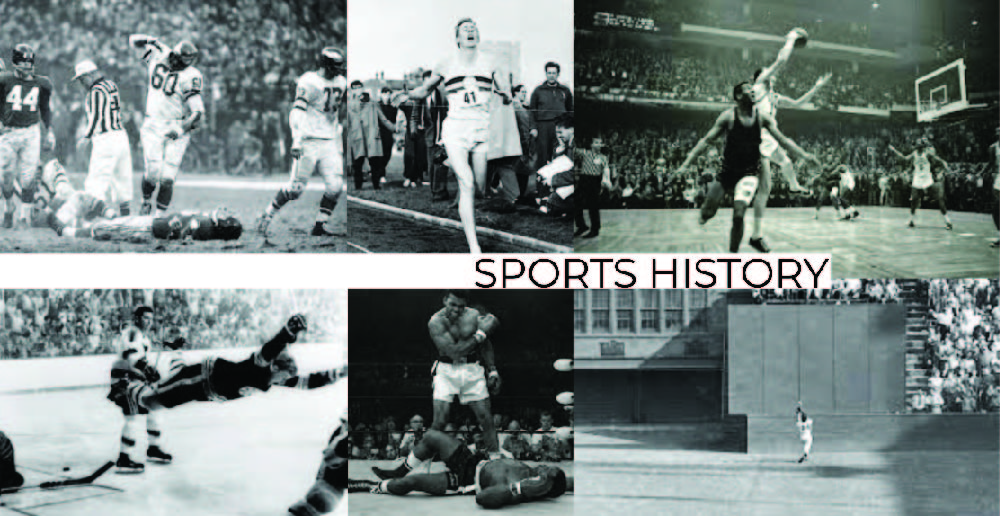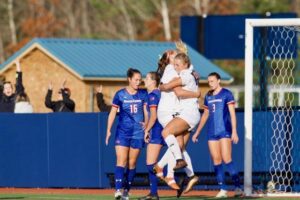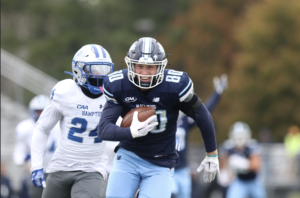On Oct. 17, 1989 one of the most unexpected and tragic moments in sports history took place at Candlestick Park in San Francisco, California. During game three of the 1989 World Series between the San Francisco Giants and the Oakland Athletics, a 6.9 magnitude earthquake originating from the San Andreas Fault shook the ground beneath Loma Prieta Peak. The quake donned the very same nickname as the peak in which it emanated from, sending shockwaves as far as San Diego and parts of Western Nevada. When all was said and done 63 people had lost their lives, with another 3,757 reported injuries across the Bay Area as a result of the disaster.
Game three itself was scheduled for first pitch at 5:35 p.m., as the Giants were looking to erase an early 2-0 series deficit. Dave Stewart was slated to start on the mound for the A’s, with Scott Garrelts opposite Stewart and starting for the Giants. Members of the broadcast crews stationed in and around the ballpark had begun their pre-game shows with Al Michaels and the ABC team having the most notable call on the day. While running through a highlight package from game two the broadcast became choppy, and viewers at home were able to hear Michaels’s reaction to the earthquake:
“I tell you what, we’re having an earth…,” Michaels said, before the feed was cut.
While the earthquake itself only lasted 17 seconds, the damage was palpable. Roughly $6 billion in damage resulted from the earthquake, with the damage ranging across the afflicted area. Paired with the already massive loss of life, the earthquake turned a peaceful afternoon into hell on Earth for residents of the Bay. A Goodyear-sponsored blimp that flew overhead to gather aerial footage for the national TV broadcast of the game quickly became a vehicle to coordinate search-and-rescue efforts and document the widespread carnage that the earthquake had unleashed on the coastal city.
The Cypress Street Viaduct in Oakland was the site of a majority of the fatalities, with 42 individuals dying due to the overpass’s structural failures. Thanks in major part to the game’s start time, many people had not left work yet or had left early in order to watch the game. As a result, the roads were much less crowded during the afternoon rush than they would have normally been, saving countless lives inadvertently.
Back at Candlestick Park, fans and players retreated to safety, with Major League Baseball commissioner Fay Vincent announcing over the PA system that the game was postponed, and for fans to leave the ballpark in an orderly fashion. One of the most iconic images from the day came at the expense of Terry Steinbach and his wife, as the shot of the Athletics catcher comforting his crying spouse on the diamond was plastered on newspapers across the country.
The destruction directly outside of Candlestick Park was noticeable immediately, and as fans returned to their homes, traversing an environment ravaged by the power of the Earth, sports quickly took a backseat to the real-world drama unfolding in front of their eyes.
The World Series was delayed another ten days, resuming again on Oct. 27, 1989. Game three was played at Candlestick Park once power and television communication lines had been re-established and Vincent deemed the ballpark safe for operation again. While the Giants went on to lose games three and four, falling to the Athletics in a sweep, the Loma Prieta Earthquake’s destruction and timing place it in the annals of history as one of the few times a truly extenuating circumstance took precedence over a monumental sporting event.










